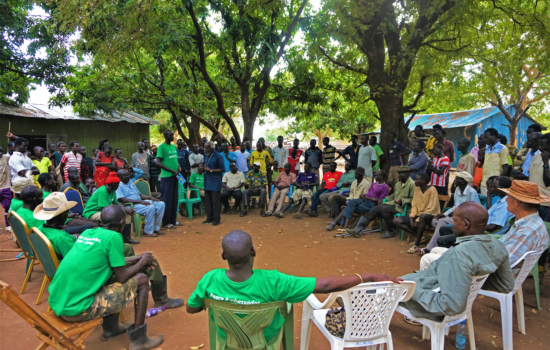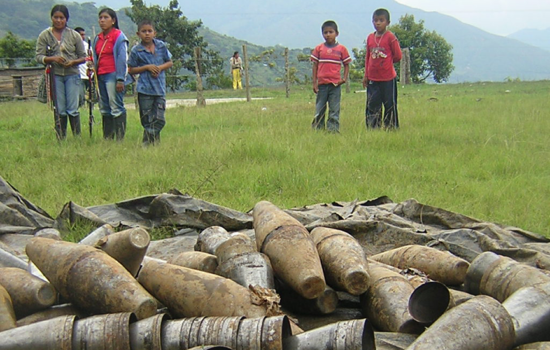Themes

PAX discerns overarching themes that are relevant in more than one region and that are often linked to national, regional and international developments. Consistency required us to develop a thematic policy. Within each theme we distinguish various theories and we rely on our own research and practical experience when we participate in public political debates related to these themes. PAX is especially concerned with the following themes





